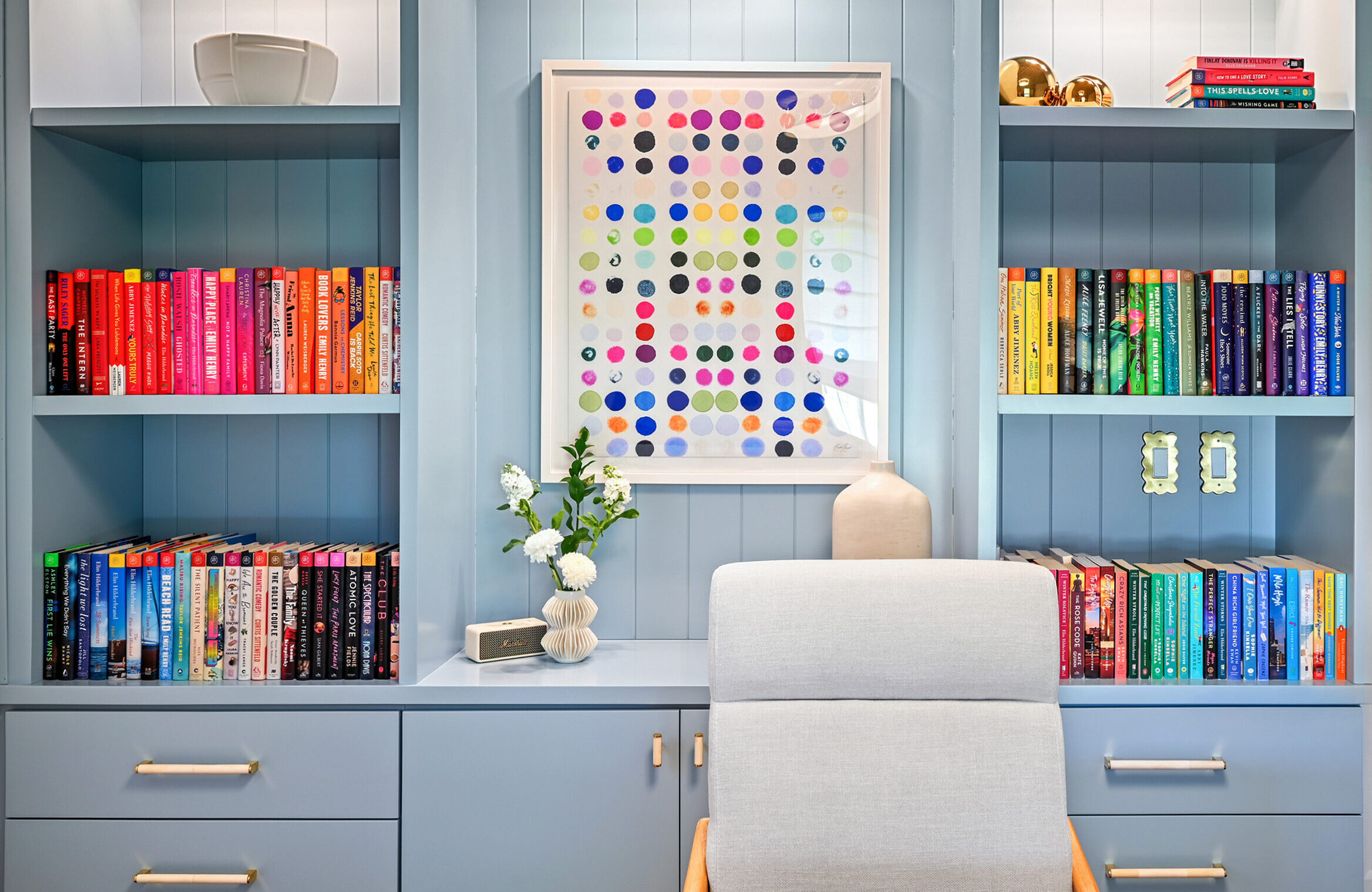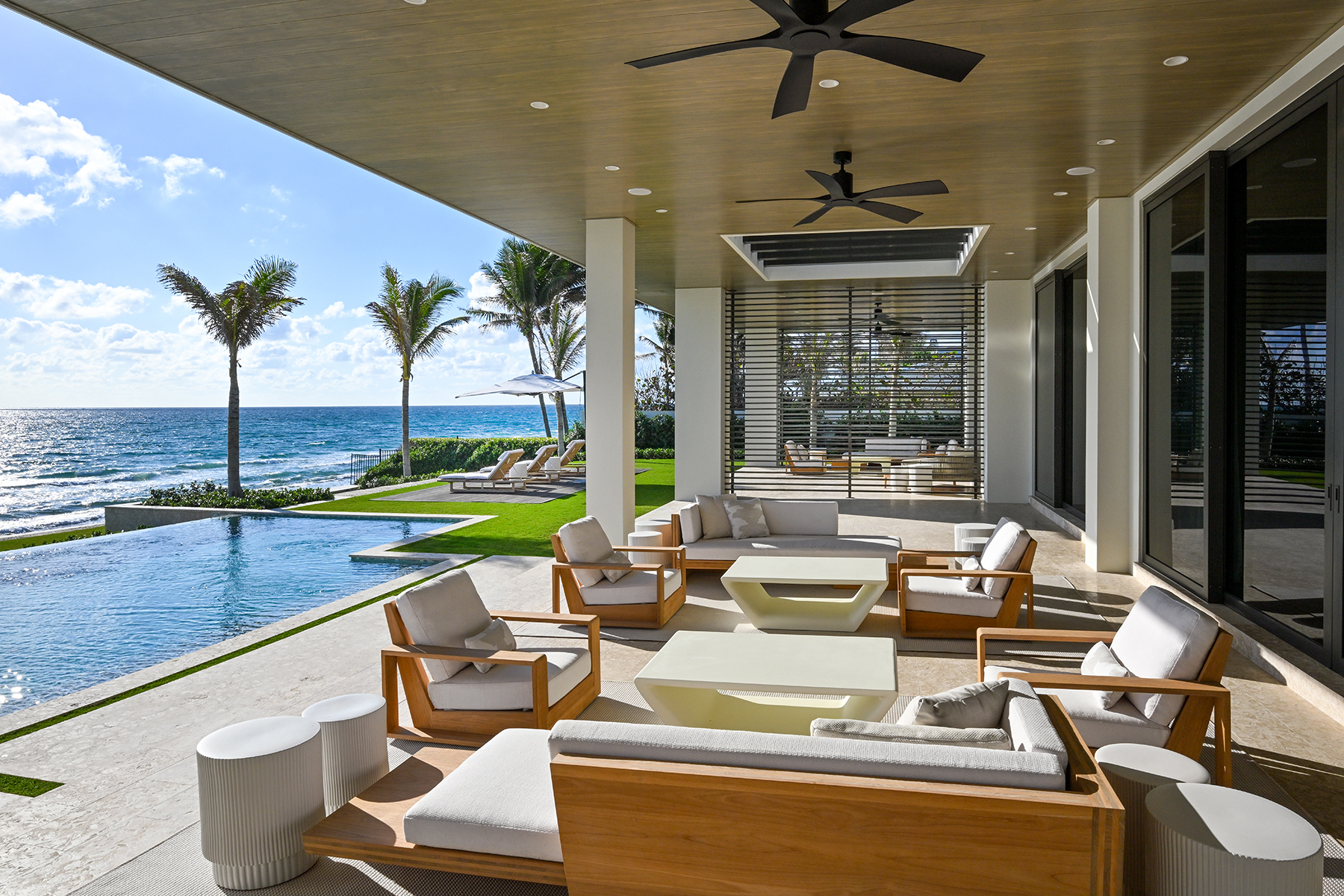For young families, a home isn’t just a space—it’s the setting for countless milestones, memories, and moments of growth. Crafting a home that evolves with its inhabitants requires equal parts artistry and strategy, a balance that Whitney Levy, founder of Whitney Levy Interiors, has mastered. Based in Boca Raton, Florida, Levy’s design philosophy marries sophistication with functionality, proving that family-friendly spaces can be as beautiful as they are practical.
“We always start with a conversation about the family’s vision for their home,” Levy shares. “Is this a place to settle for a few years, or is it where they’ll watch their children grow up? Knowing the long-term goals informs every design choice we make.” These thoughtful consultations allow Levy to create interiors that not only reflect her clients’ unique lifestyles but also adapt to their evolving needs.
Thoughtful Design for Growing Families
At the heart of Levy’s approach is the principle of designing with longevity in mind. “When transitioning a toddler out of a crib, I always suggest investing in a queen-sized bed instead of a twin,” she explains. “It’s a slightly higher investment upfront, but it saves parents from needing to replace it as their child grows. Plus, it’s more versatile for things like sleepovers.”
Levy’s thoughtful design process doesn’t stop with children’s bedrooms. Shared spaces like family rooms and kitchens are equally critical in her planning. “Clients often hesitate to choose lighter fabrics or more refined finishes when they have small children,” Levy says. “But with performance fabrics and durable materials, families can enjoy a refined aesthetic without sacrificing practicality.”
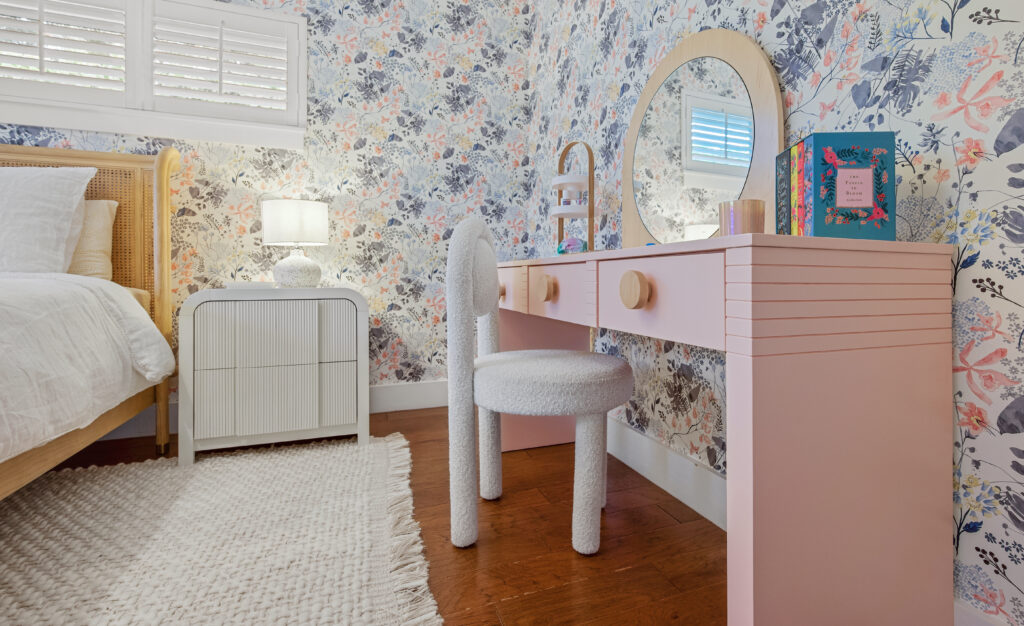
One of her go-to solutions is incorporating ottomans into living areas. “They’re incredibly versatile—they can double as seating, storage, or even a play surface. Plus, they’re much safer for little ones than coffee tables with sharp corners.” Levy also emphasizes selecting timeless furniture designs that can evolve with changing decor trends, ensuring a cohesive look even as families update other elements of their home.
Avoiding Design Pitfalls in New Construction
Designing a home for a growing family comes with its share of challenges, and Levy has encountered many common pitfalls over the years. One recurring issue stems from families navigating builder showrooms without professional guidance. “Builders often have sales staff, not designers, advising clients on finishes and layouts,” she explains. “This can lead to costly mistakes, like mismatched tilework or awkward layouts that don’t serve the family’s needs.”
Levy recalls working with clients who regretted not consulting her team earlier in the building process. “We’ve been called in to redesign bathrooms or reconfigure kitchens that could have been done correctly the first time. Small details, like extending tile to the ceiling or choosing the right cabinetry hardware, can make a significant difference in both aesthetics and functionality.”
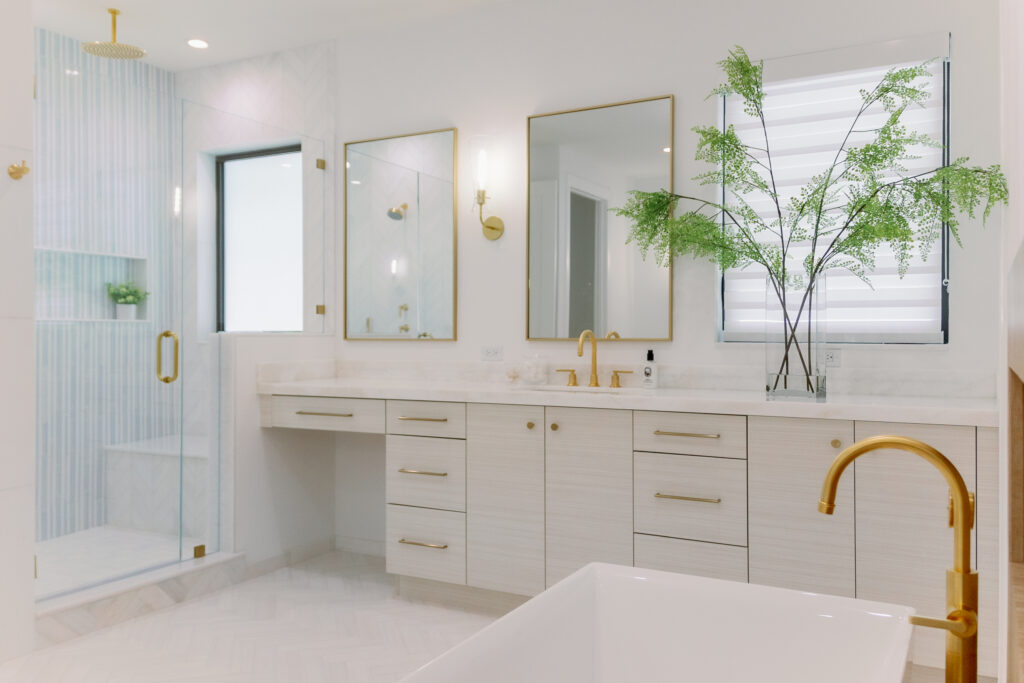
Another common challenge is piecemeal furniture shopping. Families often buy items one at a time, leading to a lack of cohesion. “Without a clear vision, you end up with a collection of furniture that doesn’t work together,” Levy says. “We help clients map out a design plan that ensures every piece contributes to the overall look and feel of the space.”
Multi-Use Spaces: A Modern Necessity
The way families use their homes has evolved dramatically in recent years. With the rise of remote work and virtual learning, creating multi-functional spaces has become a priority for many of Levy’s clients. Whether it’s a guest room that doubles as a home office or a playroom that transitions into a study, her designs seamlessly accommodate these dual purposes.
“We’ve actually seen a huge rise in custom Murphy beds,” Levy says. “These aren’t the clunky contraptions of the past. These newer, more modern designs integrate seamlessly into a room, transforming into built-ins or desks when not in use. It’s about making these spaces feel intentional, not like compromises.”
Levy also works with families to design custom furniture that balances form and function. For example, sleeper sofas can be paired with movable coffee tables that tuck away when the bed is in use. “It’s all about creating a space that serves multiple needs without feeling cluttered or overly complicated,” she explains.
Designing with Purpose
Levy’s meticulous attention to detail sets her apart in the world of interior design. Her process begins with understanding each family’s unique needs and preferences, then translating those insights into spaces that feel both personal and polished. “Every design we present has my touch,” she says. “Clients can trust that nothing is left to chance, from the initial concept to the final installation.”

Her hands-on approach extends to project management, an area where her background in event planning proves invaluable. “Interior design isn’t just about choosing beautiful pieces—it’s about executing a vision flawlessly,” she says. “We handle everything, from coordinating deliveries to ensuring every item is placed perfectly. It’s a full-service experience.”
This commitment to excellence has earned Levy a loyal client base. “Many of our clients return to us for new projects or recommend us to their friends,” she says. “That’s the highest compliment we can receive.”
The Impact of Small Details
In Levy’s view, the smallest details often make the biggest impact. One example is the foyer—a space that has taken on new significance in the post-pandemic world. “People want their foyers to be functional and inviting,” she says. “We often design them with convenient seating, shoe storage, and thoughtful decor to create a warm welcome for both family and guests.”
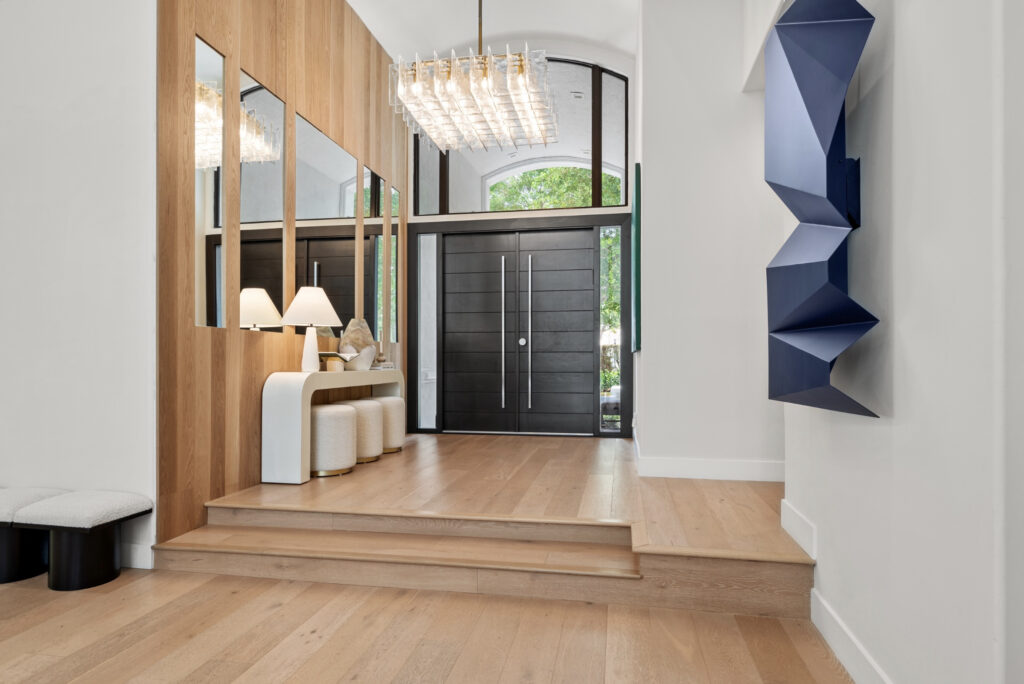
In children’s rooms, Levy advises striking a balance between permanence and playfulness. “Invest in quality furniture that will last, but use easily changeable elements like bedding or wall art to reflect the child’s current interests,” she says. “This approach allows the room to grow with them without requiring a complete redesign.”
Creating Homes for Life’s Milestones
For Levy, the ultimate goal is to create spaces that support her clients through every stage of life. “The most rewarding part of my job is seeing families truly enjoy their homes,” she says. “Whether it’s a kitchen that becomes the heart of their daily routines or a family room that hosts countless movie nights, these spaces are where life happens.”
Her designs are rooted in empathy and an understanding of what families truly need. “I want my clients to feel like their homes work for them—not the other way around,” she says. “It’s about creating environments that make their daily lives easier, more beautiful, and more joyful.”
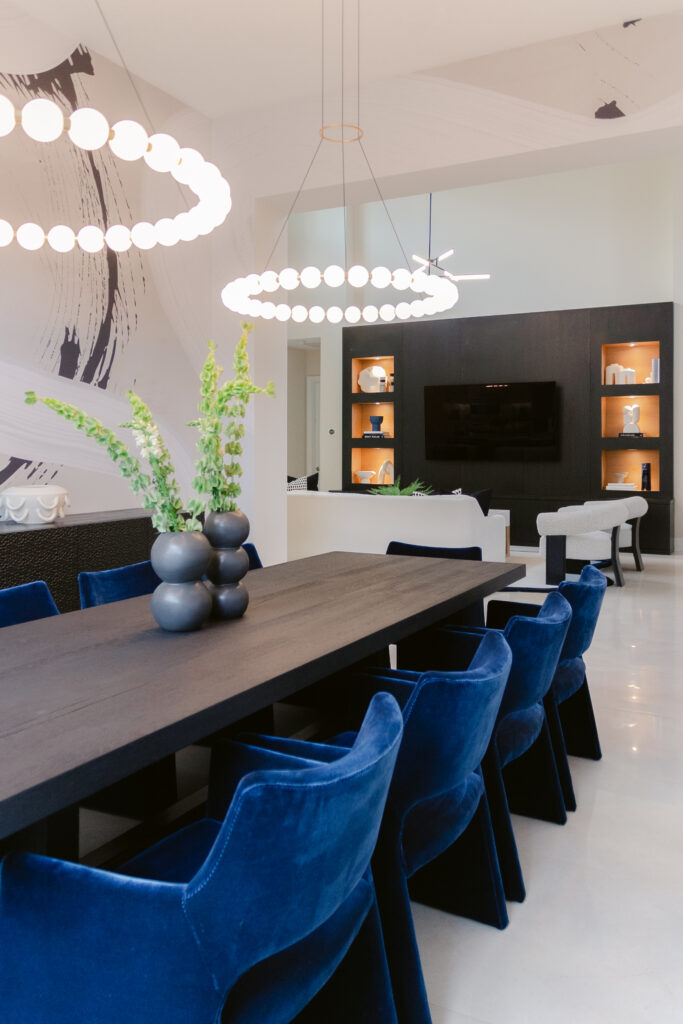
A Designer for Today’s Families
With her approachable pricing model and hands-on involvement, Levy has positioned her firm as an ideal partner for young families. “We work with clients across a range of budgets and are happy to start small,” she says. “Whether it’s a few rooms or a phased approach to the entire home, we make the process as seamless and enjoyable as possible.”
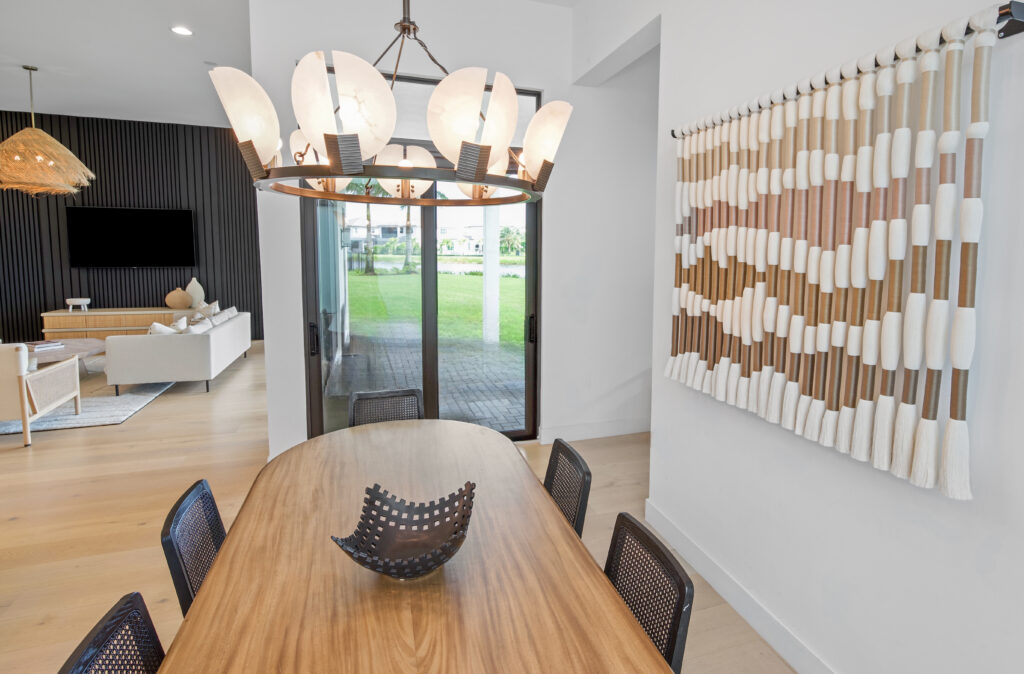
For parents embarking on the journey of creating a home that grows with their family, Levy offers this advice: “Be clear about your goals and realistic about your budget. A well-designed home doesn’t just look beautiful—it should work for your family now and for years to come.”
In Whitney Levy’s hands, designing a family-friendly home becomes an art form, where practicality and elegance coexist effortlessly. With her and her team’s guidance, families can create spaces that evolve with them—places to live, grow, and create cherished memories.
